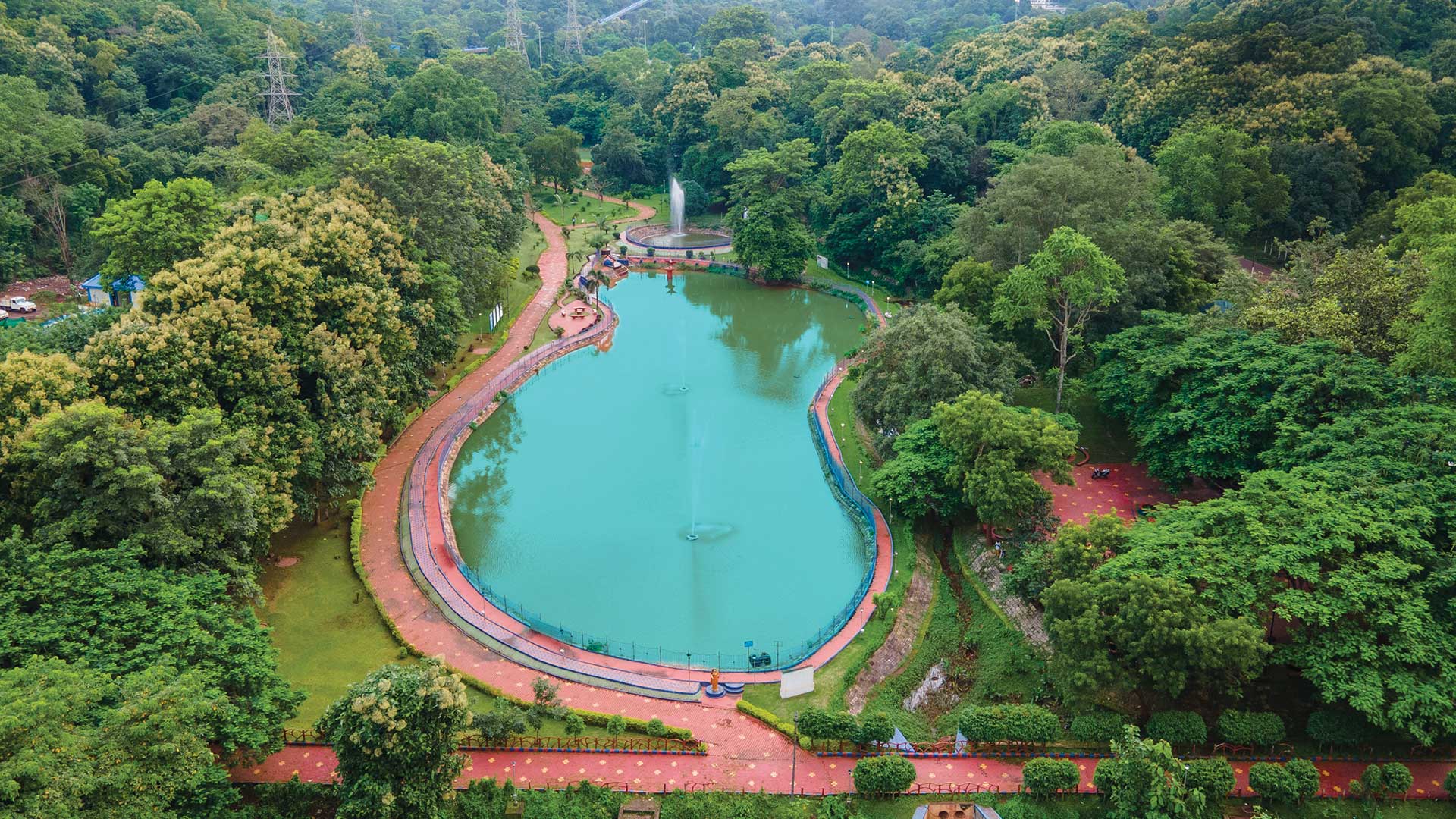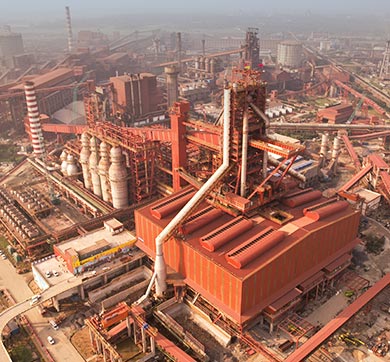November 2024 | 2049 words | 8-minute read
Noamundi, a small mining town with a big heart, is gearing up for a huge milestone. This 1,160-hectare (ha) flagship Tata Steel mine, located in West Singhbhum district of Jharkhand, is on the cusp of marking 100 years as a pivotal player in India’s mining and steel industry.
Since its inception on June 1, 1925, Noamundi has been a catalyst for economic and infrastructure development. It employs ~1,500 people directly on its rolls and indirectly supports thousands more, thus becoming the largest employer in the area. Numerous secondary industries and businesses, from equipment manufacturers to logistics companies, have been attracted by its presence, creating a thriving and diverse industrial ecosystem.
“Noamundi, with a capacity of 19 million tonne per annum (MnTPA), is one of the biggest mines in India,” says DB Sundara Ramam, Vice President, Raw Materials, Tata Steel, who has been associated with the mine since 2007. “It has also set high standards for operational excellence, sustainability and community engagement, and is the benchmark against which other mines are compared.”
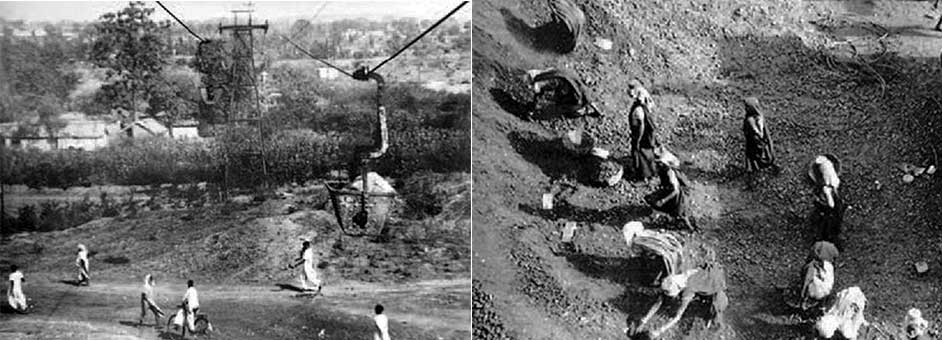
As Tata Steel’s largest and oldest operational mine, Noamundi’s current output is 9.5MnTPA, a huge leap from the 11,168tonne it first dispatched in 1925, and “the mine supplies rich iron ore that has ~63% of iron content,” says Mr Sundara Ramam. “Noamundi helps the company maintain cost-competitiveness and drive production efficiencies, while insulating it against the volatility of the steel market.” The company’s lease on Noamundi expires in 2030, and it will then be auctioned by the government, with Tata Steel getting the right of first refusal.
Technology adoption
Noamundi has been at the forefront of mining innovation since its inception. From early mechanisation efforts to the deployment of digital technology, artificial intelligence (AI) and machine learning (ML), it has continually reinvented itself, investing in cutting-edge technologies for best mining practices. More importantly, its commitment to innovation extends beyond improving efficiency and productivity to include enhanced safety standards, setting industry benchmarks in the process.
“Noamundi has been the front-runner in the adoption of digital technology,” says Mr Sundara Ramam. “This includes our advanced fleet management system, which monitors real-time operational parameters and uses data analytics to suggest improvements in safety as well as machine and employee productivity. Other implementations include the use of sensors in critical equipment and facilities, SmartRoc drilling machines capable of remote operation, an advanced mining software for planning and scheduling, drones to collect data on topography and geology to ensure optimal planning, and a real-time quality monitoring system.”

The latest safety systems, like real-time fatigue monitoring system, proximity alerts, tyre pressure monitoring, oversize boulder detection system, GPS-based speed monitoring, electronic delay detonators for blasting, a biometric access control system and remote operation of drilling machines have been integrated into daily operations. Heavy earth moving machinery (HEMM) operators are trained in a virtual environment before they undertake any operations in the field. This is in addition to the mine’s online platforms like Ensafe and Digital Safety Management Plan for skill enhancement and behaviour-based safety programmes.
Environmental stewardship
What is unique about Noamundi is that Tata Steel integrated sustainable mining practices into the core of its operations from the very beginning. At every stage in its growth, the company has used scientific knowledge and equipment to ensure that it maximised the use of every tonne of ore it mined, reducing waste and optimising resources. Over time, new discoveries in the field have helped Tata Steel develop various beneficiation methods to improve the quality of the ore, enhance mineral conservation and water recovery, and pioneer sustainable mining in India.
Noamundi’s 100-year journey also reflects the evolving attitudes towards conservation and sustainability in the industry. These include the promotion of energy efficiency initiatives, land reclamation programmes and water conservation efforts. Tata Steel has undertaken several pioneering initiatives as part of its reclamation plan to restore mined-out areas to their pre-mining state. Once the ore in a hill is exhausted, the topsoil, which had been preserved, is put in place again and native species of flora are planted. The company has also used the Miyawaki method, which enables faster and denser growth, for afforestation. It has planted over six lakh trees and transplanted trees, where needed, to increase green cover and improve biodiversity. As part of the reclamation, two hills at Noamundi have been restored to their pre-mining state, creating a lush forest over 126ha.
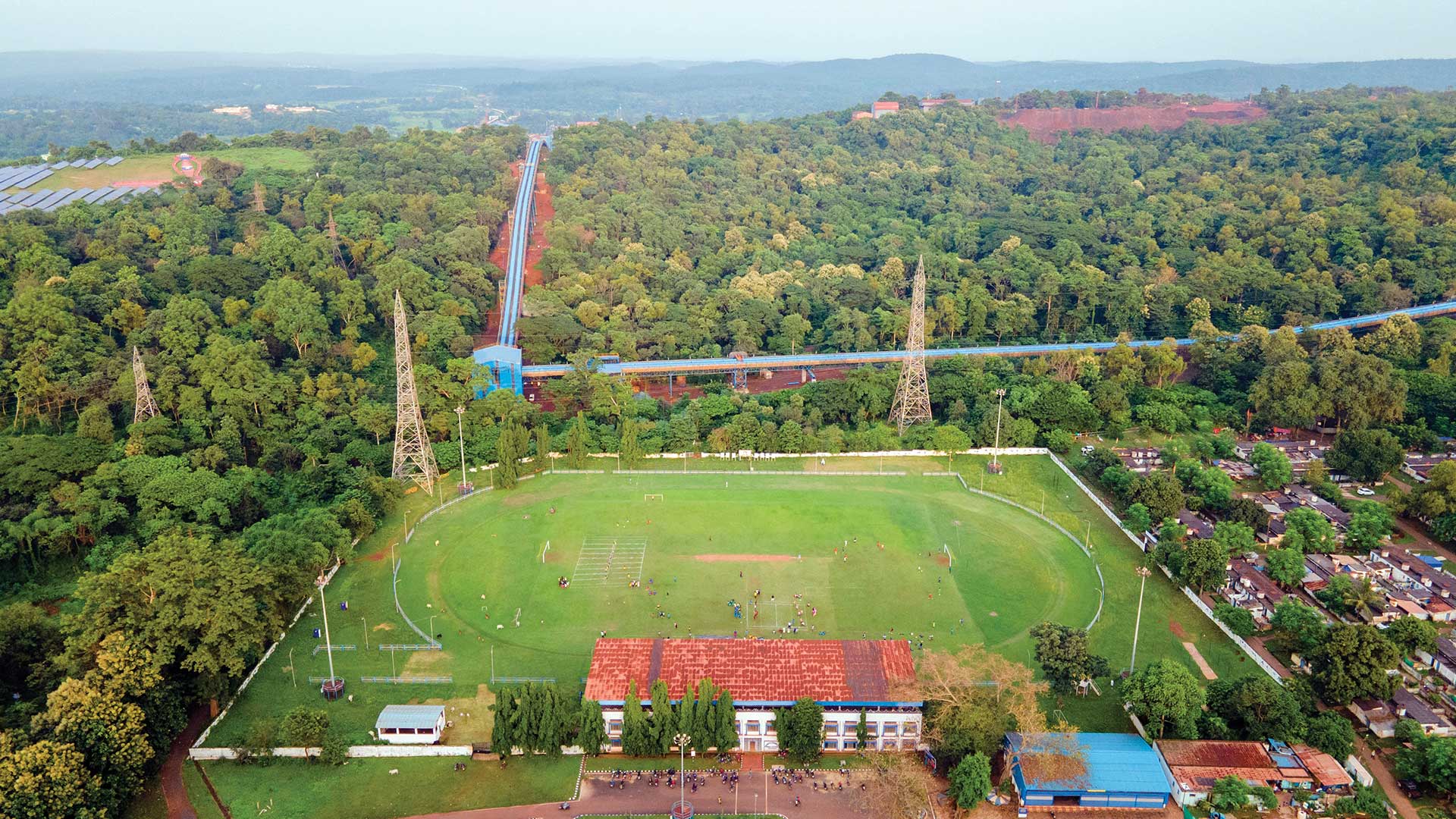
“Whatever we mine, we bring back to the original topography,” says Mr Sundara Ramam. “The forestry here is so dense that if you didn’t know it, you would never be able to guess that this is a mine. A third generation of trees is flourishing on the refilled mine site now.”
Since 1982, the afforestation drive has restored 365ha and, in 1996, Tata Steel established the 45-acre Sir Dorabji Tata Botanical Park. These efforts are crucial in preserving the biodiversity and natural habitats of several plants, animals and insects.
The 3MW solar power plant, set up in 2017, offsets ~20% of the mine’s electrical energy requirements and reduces 4,400tonne of CO2 emissions annually. Emissions are further reduced, by 43tonne every year, through the use of electric vehicles. These initiatives aim to set new standards for responsible resource conservation in the industry.

Five-star mine
The mine’s commitment towards sustainable development practices has been recognised with a 5-star rating by the Indian Bureau of Mines (IBM) for seven consecutive years — ever since the ratings were started seven years ago. Mines are judged on the basis of IBM’s Sustainable Development Framework, which focuses on scientific and efficient mining practices to manage social and environmental impact. This includes optimal use of mineral resources, ensuring sustainable use of land post-closure, and addressing the social impact of the resettlement and rehabilitation of project affected people.
“This achievement speaks volumes about the effort that Tata Steel has invested in adopting sustainable mining practices,” says Atul Bhatnagar, General Manager, Ores, Mines and Quarries, Tata Steel. “Our experience shows that mining can be done sustainably and that it is possible to maintain an ecological balance and conserve biodiversity. We have consciously sought to conduct our operations without disturbing critical natural assets that are used by the community.”
100 years of mining
In 1915, two geologists, R Saubolle and CRN Aiyengar, from Tata Steel’s Mining and Prospecting department, were on the Chhotanagpur plateau searching for a rich supply of iron ore. There they met Ho tribesmen using iron pickaxes. Intrigued, they asked the tribesmen about their source for the iron ore. The Ho men pointed into the distance, and said, “Neya mundi” or “That hill” — leading to the area being subsequently renamed Noamundi. Prospecting efforts revealed that the hills were covered with laterite, a soil type, rich in iron and aluminium, and float ore, making it an ideal site for mining.
In 1923, Tata Steel leased the site and mining was started on June 1, 1925, kick-starting a story of perseverance and innovation that continues to this day. In 1926, Noamundi dispatched 11,168tonne of ore to Jamshedpur and, by 1929, it had increased to 529,739tonne. Until the 1940s, labourers worked manually, using chisels and hammers for drilling, gunpowder for blasting, and crowbars, pickaxes, and spades for raising the ore, before loading it into wagons. By the 1930s, a part of the operations was electrically operated, and the next three decades brought in greater mechanisation. Hand drills gave way to pneumatic drills and a monocable ropeway was introduced. This ensured the safety of the miners, who no longer had to go down into the pit. Today, says Mr Sundara Ramam, “The drill machines are so advanced that you can operate them remotely.”
The mine was fully mechanised by 1967. Over the years, it invested in sustainable mining practices, modern equipment and processes, like a dry circuit material plant in 1992, the country’s first jigging and hydro-cyclone plant for iron ore fines in 2006, and adoption of the DuPont Safety programme. In 1994, Noamundi adopted computer-aided mine planning, which increased efficiency and helped mitigate risks. In 2011, India’s first barrel reclaimer and rapid loading system were added, enhancing product despatch capacity. The 2000s saw increased adoption of digital technology, establishing it as a leading force in mining innovation in the country.
Local workforce
Over the decades, as mining at Noamundi has witnessed revolutionary changes, so has the workforce. The productivity per employee per year has increased significantly. The mine majorly employs people from the local community, including women and transgender people, highlighting Tata Steel’s commitment to challenging stereotypes and fostering a diverse and inclusive environment.
In fact, in 2019, Noamundi was the first Indian mine to employ female operators in all three shifts and in 2021 it was one of the first to hire transgender people in core mining operations. Currently, more than 50% of the HEMM operators are women and transgender people, with more joining every year. These numbers are the result of numerous initiatives to dismantle the barriers that have deterred them from pursuing careers in mining, hitherto considered a hazardous and male-dominated field.

“In 2019, our ad inviting female operators for 30 openings yielded around 130 applications from the community at Noamundi, with lot of persuasion,” says Mr Bhatnagar. “In the next cycle, the same ad elicited more than 2,000 applications because people saw that the first batch of girls could actually drive the machines. Their perception of what girls could do changed. In fact, now there is a drive to send girls back to high school. Parents are saying: ‘Dasvi pass karegi, toh Tata mein naukri lagegi’ (If she passes Std 10, then she may get a job with Tata). That’s because Std 10 is our minimum qualification for HEMM operators.”
The mine has been instrumental in providing educational and training opportunities, helping enhance the skill level of the local workforce and creating pathways for advancement. “One of the female HEMM operators we hired was the sarpanch of a village,” says Mr Bhatnagar. “She told me that she was initially apprehensive about operating a machine that was more than three times her height. But then she thought, ‘If I can run a panchayat, I can run this machine!’ Tata Steel helped her build that confidence. Today, she is one of the best operators in the mine.”
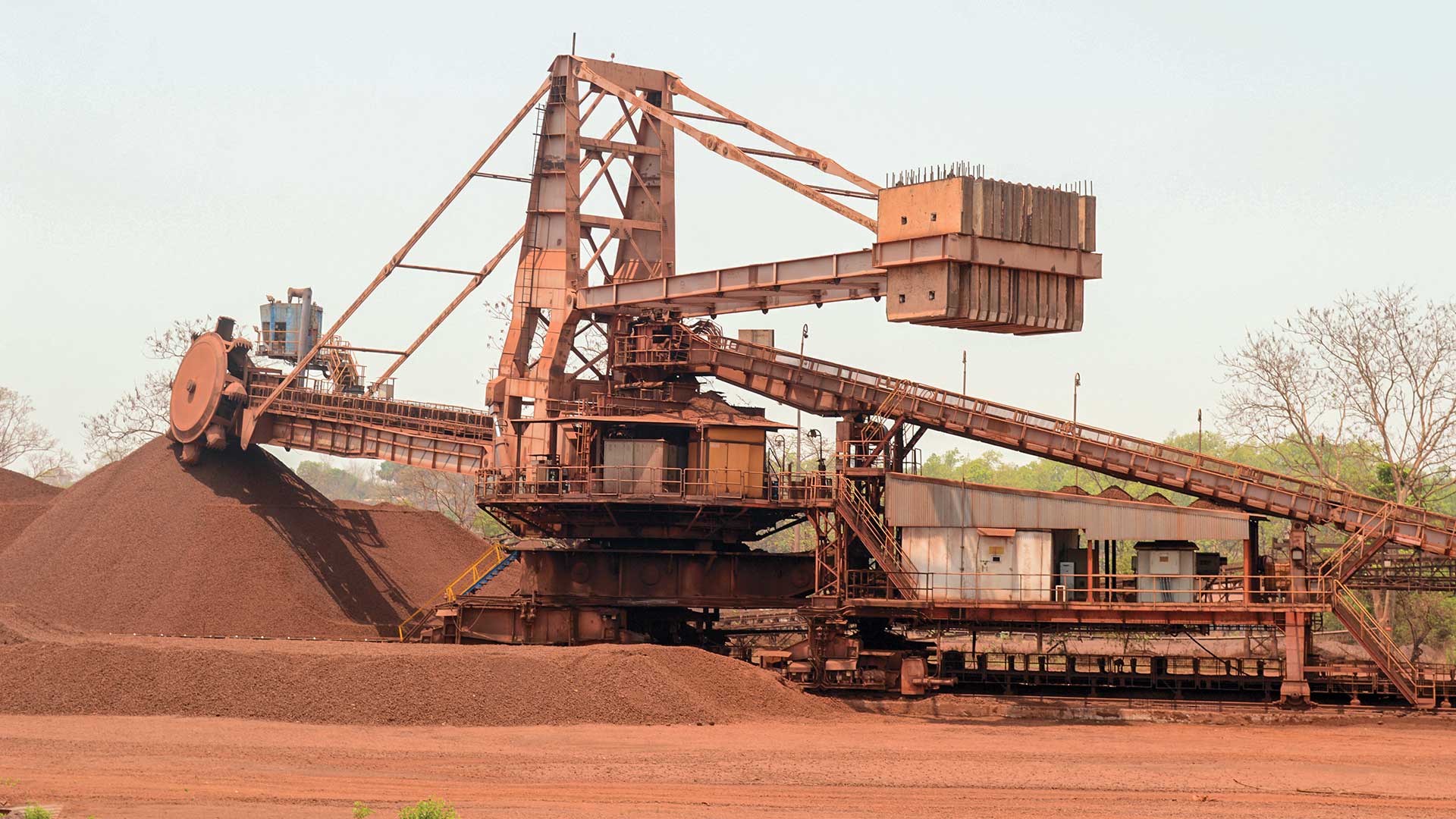
Community development
Noamundi has been a catalyst for broader economic development of the community, not merely a source of employment. “As our Founder Jamsetji Tata said, ‘In a free enterprise, the community is not just another stakeholder in business, but it is, in fact, the very purpose of its existence’,” says Mr Bhatnagar. “The Founder’s vision continues to guide us even today.”
Embracing this belief, Tata Steel has transformed what were once small tribal villages into a vibrant township with modern amenities. It has invested heavily in local infrastructure, funding the construction of roads, community centres, housing, sports facilities, community playgrounds and parks — prioritising the needs of the community and improving the quality of life. Education too has been a focus area, with Tata Steel setting up vocational training centres, colleges and schools that provide education to employees’ children and those within the community. “We have also invested in scaling up healthcare in the region,” says Mr Bhatnagar. “The Tata Steel Noamundi Hospital has been serving the community since 1925. Today, it is equipped with advanced equipment, and we even have mobile medical units for those in remote villages.”
Since its inception, the mine’s history has been intertwined with the area’s development, creating a strong sense of community that drives this modern industrial centre. A hundred years later, the rich legacy of sustainable development nurtured on “that hill” steers Noamundi into the next century.
—Cynthia Rodrigues




